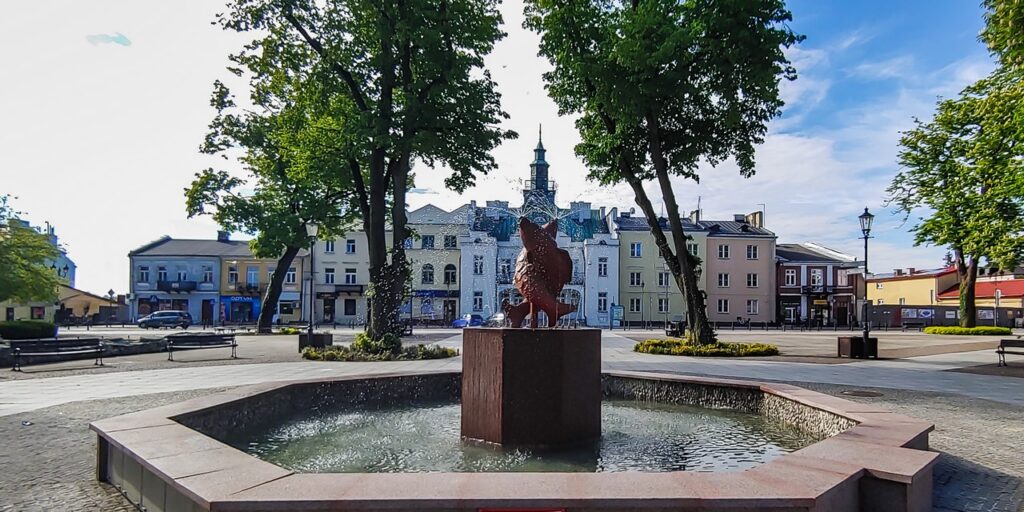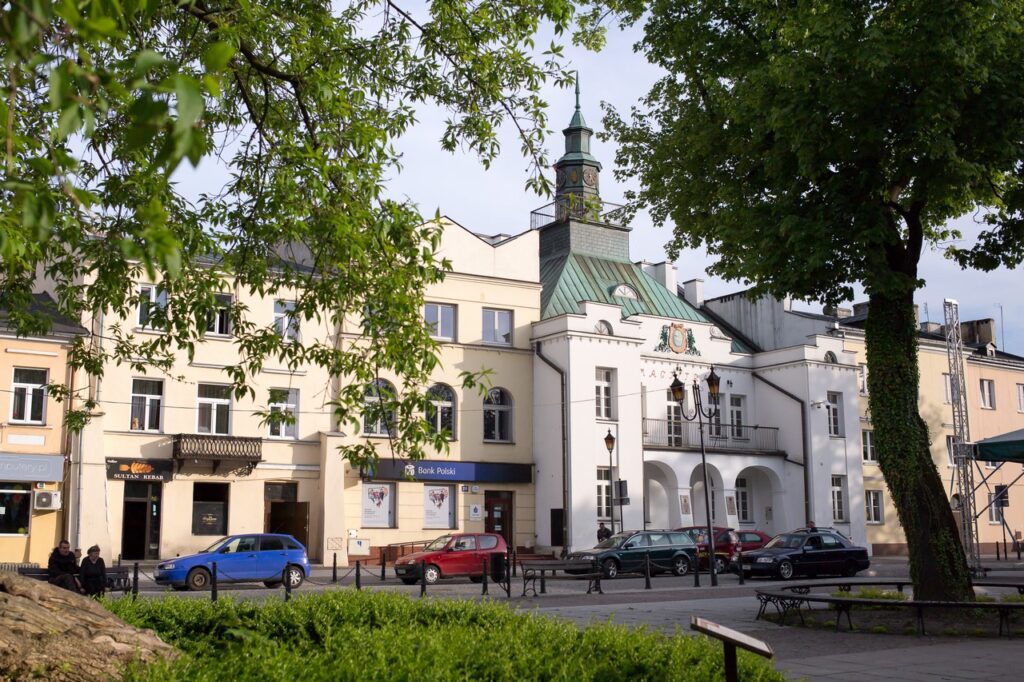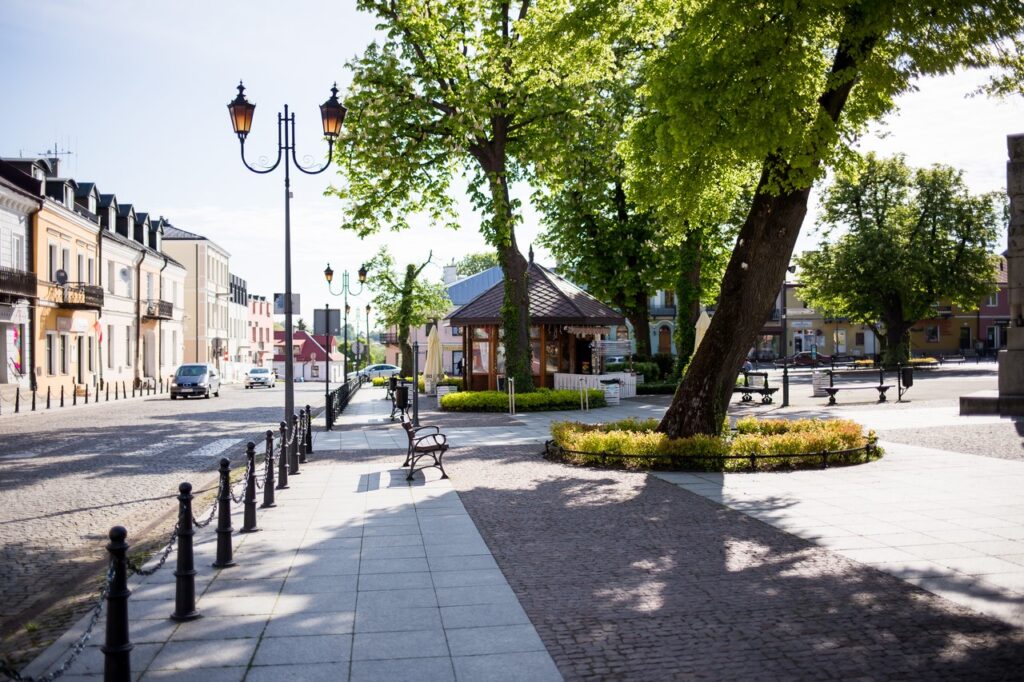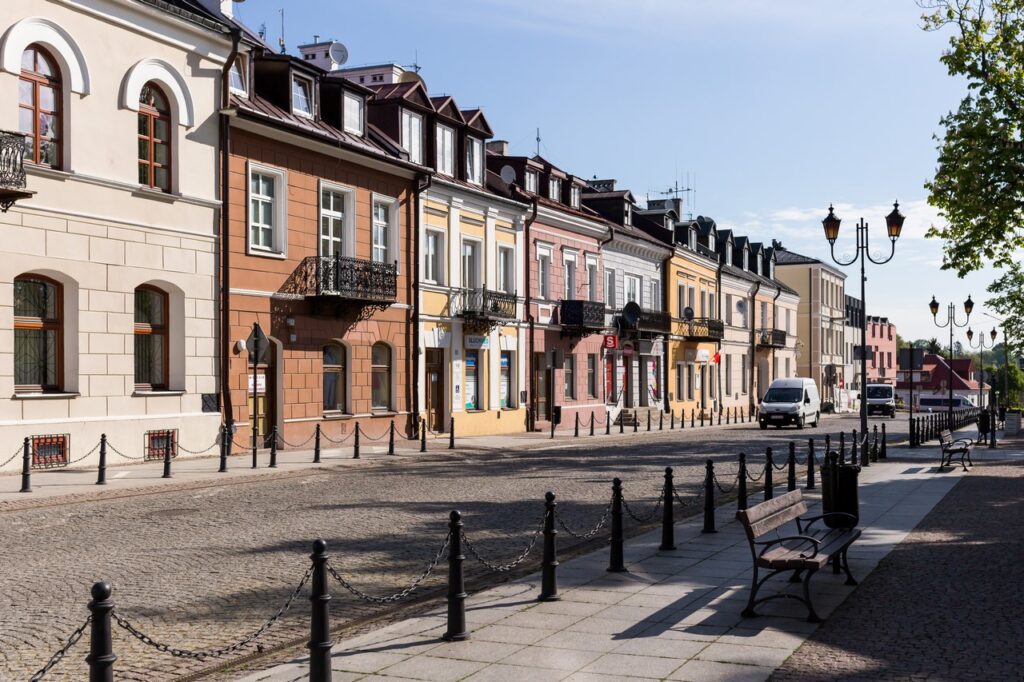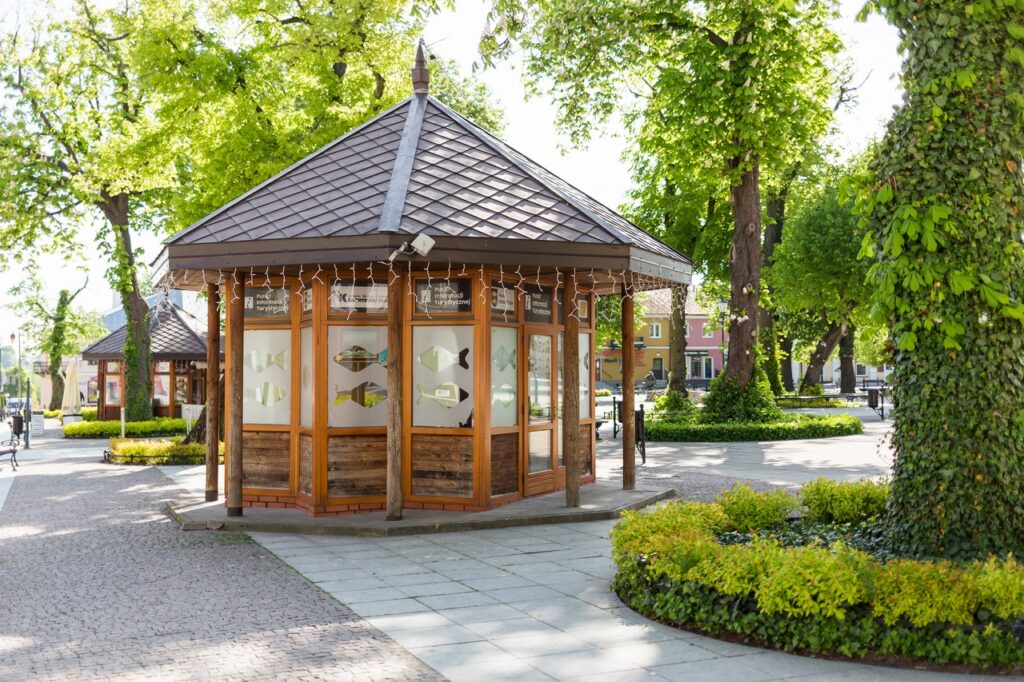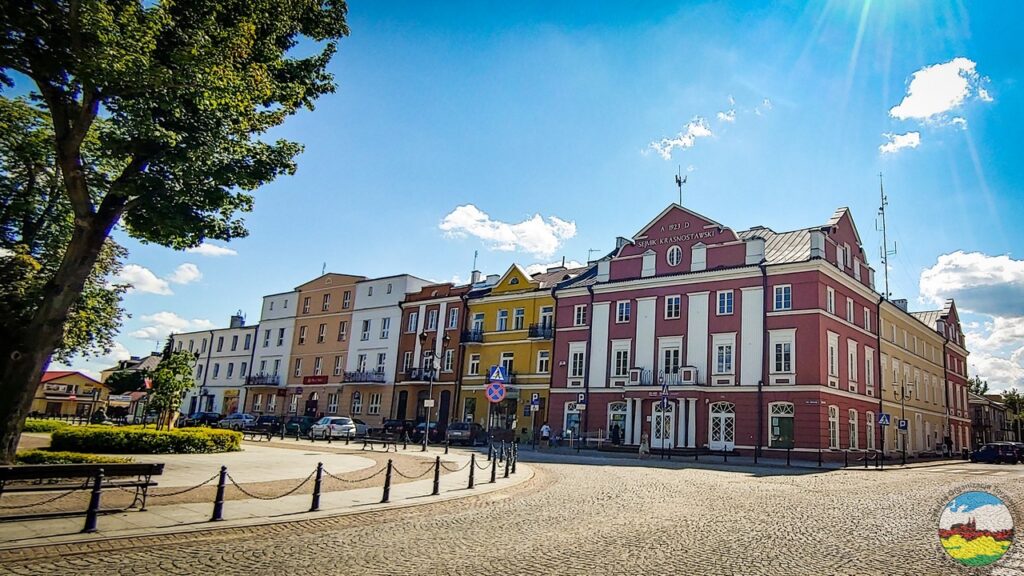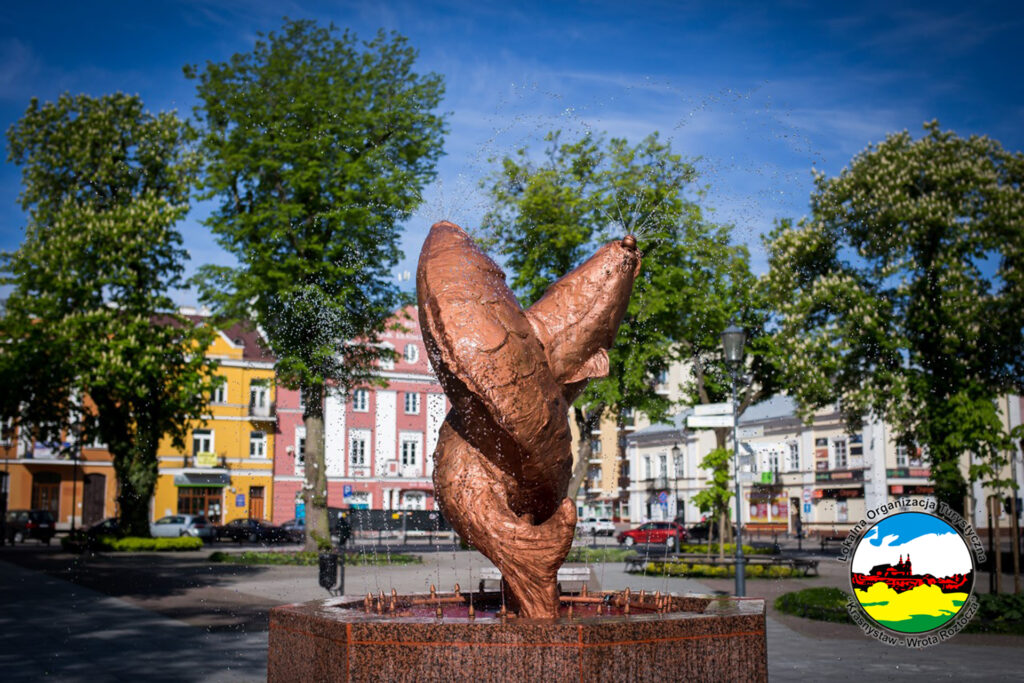Overview
At the beginning of the XVI century, the town was fortified with a defensive wall and a moat. The walls were about 2.6 m thick. They had several towers and three gates. The urban layout of the town has been preserved in its main part the same as in the Middle Ages. The market square has compact buildings from the XVIII - XIX centuries. Particularly valuable in terms of historic are the frontages: north and east. The houses have late Baroque and classicist facades. Under the entire old town there is a network of corridor and chamber type dungeons drilled in loess, in three and sometimes five floors. After the fall of the November Uprising, the governorate authorities issued an order that the employees of the Krasnystaw Magistrate cause the planting of trees in the park. They were supposed to give shade to tsarist officers and officials with their families walking on holidays. In honor of Tsar Alexander II, the park was named Alexandria Square.
Surrounded by tenement houses, the town square was paved and there the army arranged parade drills. In the central place of the market the town hall was situated. Its foundations have remained to this day. The second important building with a similar character to the town hall was ‘Dom Sejmikowy’, located at the market square. During the fighting in the years 1914 – 1915, at least half of the buildings in the market square were destroyed, including the town hall and the ‘sejmik’ building rebuilt in 1923.
In 1916, the Austrian occupation authorities established the first town council in Krasnystaw. It was located in a tenement house at the corner of the present Poniatowskiego Street and 3 Maja Square, where the seat - the city magistrate - was temporarily located. The councillors elected the mayor of the town and his deputy from among themselves. The council dealt with solving the issues of the town's population, the functioning of institutions subordinate to the magistrate and submitted postulates to the occupation authorities mainly for help for residents. In 1919, the Town Square was named May 3 Square in memory of the events of 1917, when a huge demonstration was held here in honor of the promulgation of the Constitution of May 3, 1791.
One of the most outstanding Polish graphic designers of the XIX century, Antoni Oleszczyński, was born in Krasnystaw. On the wall of one of the restored tenement houses by the park, you can see a commemorative plaque dedicated to him. He was associated with Krasnystaw, where he was born at the end of the XVIII century. He lived from 1794 to 1879, of which he spent over 50 years in France. As an emigrant, he missed Poland very much, to which he never returned. He was a talented graphic designer, he left behind many souvenirs, a modest part of which is owned by the Regional Museum in Krasnystaw. Currently, it has a collection of Antoni Oleszczyński's steel ricites numbering over 200 items, including copies with a handwritten description of the author.
In 2008, the town square was restored.
Facilities
- Cafe nearby: yes
- Toilet nearby: yes
- Shooting possible: yes
- Parking for passenger cars: yes
Restrictions
- It is forbidden to drink water from the fountain
More interesting places
The former men’s gymnasium
The manor complex
- The manor complex
- Sikorskiego 10, 22-300 Krasnystaw

